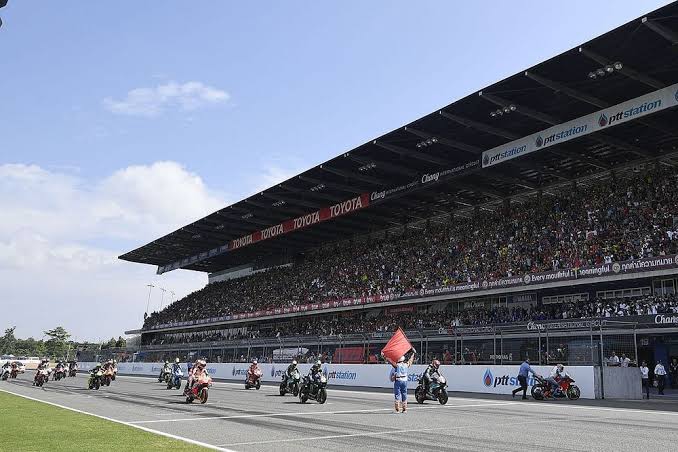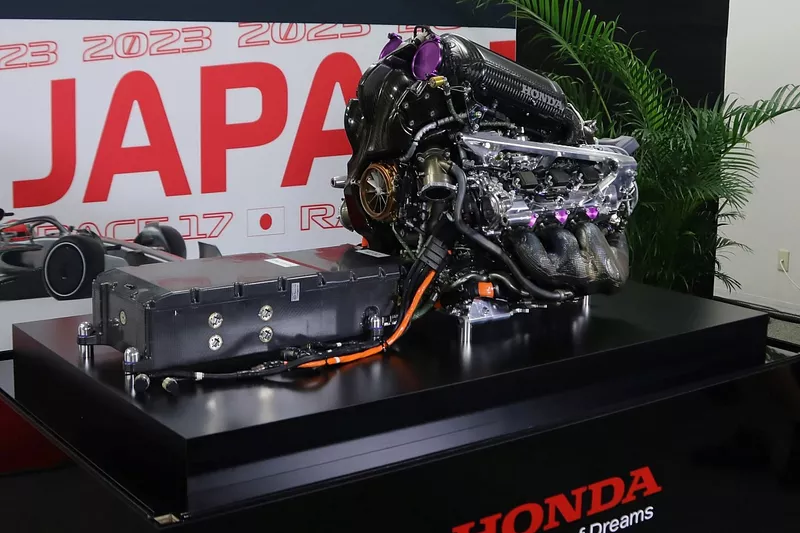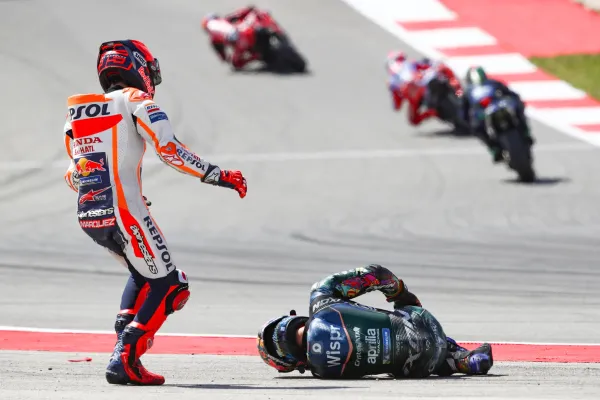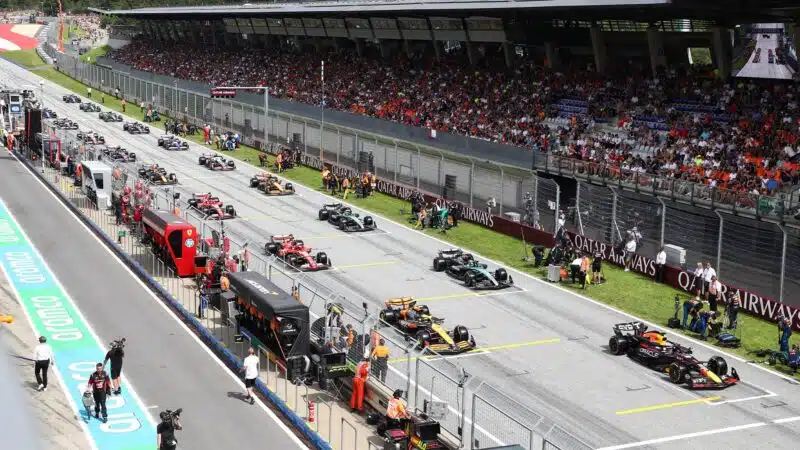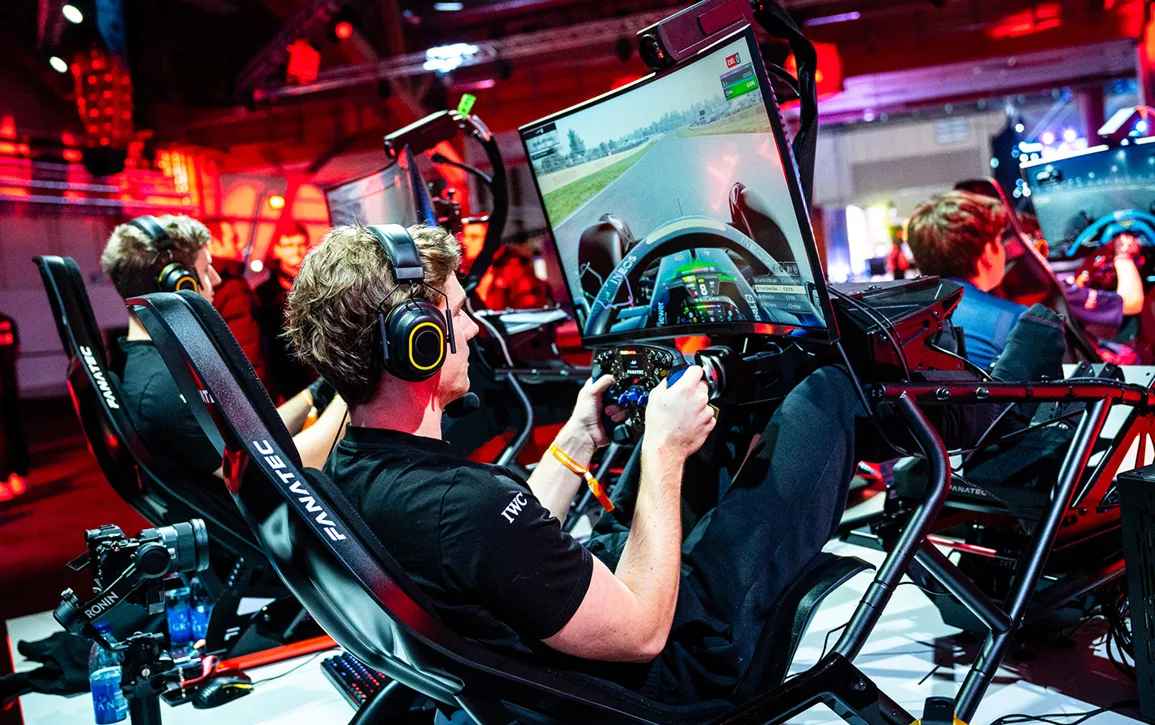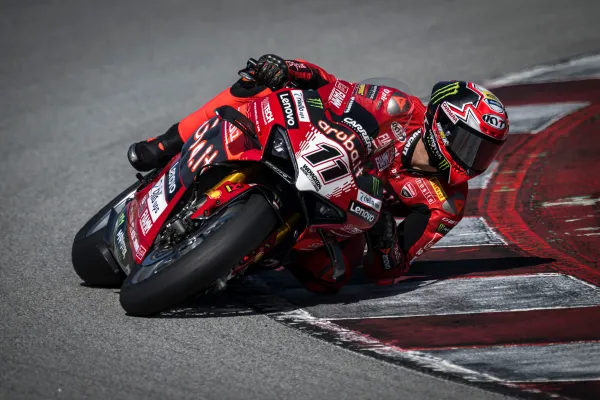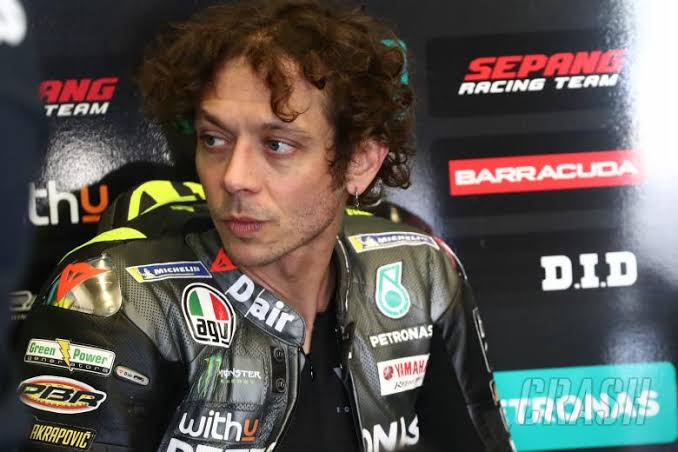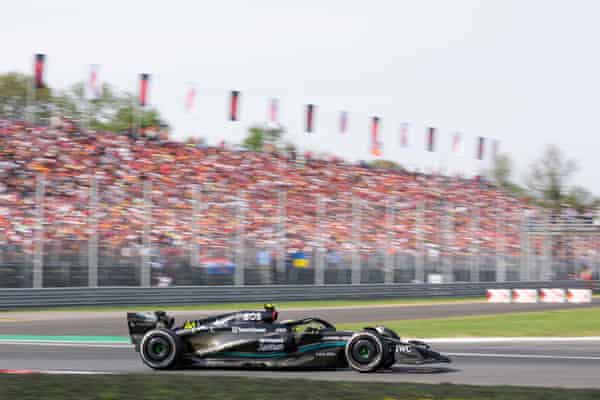Shinichi Kokubu, First Victim Of The Honda Sieve
In the high-stakes world of MotoGP, where milliseconds can separate victory from defeat, the margin for error is razor-thin.
This unforgiving nature of motorcycle racing has claimed its first victim in the form of Shinichi Kokubu, who recently departed from his role as Technical Director at Honda Racing Corporation (HRC). His exit marks the beginning of a significant shakeup within the team and signals a turning point in Honda’s pursuit of excellence.
A Lifetime Devoted to Honda
Shinichi Kokubu’s association with Honda began in 1986, when he joined the Honda Racing Corporation as a technician. Over the years, he climbed the ranks and assumed various pivotal positions, playing an instrumental role in the development of Honda’s racing bikes. His journey at Honda was marked by dedication, commitment, and an unrelenting pursuit of perfection.
Kokubu’s track record
One of Kokubu’s notable achievements was engineering the swingarm and chassis deal with Kalex a year ago. However, his decision to restrict Kalex technicians from the pits raised eyebrows and hindered crucial rider feedback, a vital ingredient for success in Moto2.
This misstep was just one in a series of misfortunes that plagued Honda’s recent MotoGP endeavors.Honda’s DownfallHonda, once synonymous with MotoGP dominance, has experienced a stark decline in recent years. The team’s performance in the Constructors’ World Championship paints a grim picture, with Honda languishing in the sixth position. The situation is even direr for the Repsol Honda team, which currently occupies eleventh and last place in the Team World Championship standings. The glory days seem like a distant memory.
Communication Breakdown
One of the significant issues that contributed to Honda’s downfall was a breakdown in communication. Kokubu’s tenure was marred by challenges in coordinating efforts among riders, technicians, and the LCR customer team. Effective communication is the lifeblood of any racing team, and its absence can lead to a series of detrimental decisions and ultimately poor performance on the track.Erroneous Rider SelectionAnother critical factor in Honda’s struggles was the erroneous selection of riders. The choices made in recent years have not yielded the desired results. In a sport where the rider plays an integral role, selecting the right talent is paramount.
Kokubu’s role in these selections has come under scrutiny, further contributing to his departure.Failed Chassis DevelopmentPerhaps one of the most glaring failures during Kokubu’s tenure was the inability to improve Honda’s chassis. The chassis is the backbone of a competitive MotoGP bike, and without advancements in this critical area, success becomes elusive.
Honda’s repeated failures to enhance their chassis design over the past four years were a thorn in the team’s side and a source of frustration for fans.
The Changing Landscape
RŕThe departure of Shinichi Kokubu signifies a significant shift within HRC. With the team’s dismal performance and the need for a fresh perspective, change was inevitable. Kokubu’s exit is just the beginning of what promises to be a transformative period for Honda’s MotoGP division.
A Planned Reshuffle
While HRC has portrayed Kokubu’s departure as part of a planned reshuffle, the underlying message is clear: change is imperative. Kokubu’s role as chassis designer, which was at the heart of Honda’s struggles, became untenable. It was time for a new approach, new ideas, and fresh faces to revamp Honda’s MotoGP program.
The Uncertain Road AheadAs Honda looks to turn the page on this chapter, the road ahead remains uncertain. The team’s resurgence will depend on a collective effort to address the issues that have plagued them. Effective communication, smart rider choices, and a renewed focus on chassis development will be key to Honda’s resurgence in MotoGP.Marc Marquez’s influenceThe departure of Kokubu is not without its connections to Honda’s star rider, Marc Marquez.
Marquez has been vocal about his desire for Honda to hire Europe-based engineers to bolster their competitiveness. While Kokubu’s departure might be seen as a step in that direction, it remains to be seen whether it will be enough to retain the six-time MotoGP world champion.
A Turning PointIn the world of motorsport, change is both inevitable and necessary. Shinichi Kokubu’s departure from Honda marks a turning point for the team. It’s a signal that Honda recognizes the need for a fresh start and a renewed commitment to excellence.
The departure of a seasoned veteran like Kokubu is not taken lightly, but it is a step towards reclaiming past glory.In ConclusionShinichi Kokubu’s exit from Honda Racing Corporation is a significant moment in MotoGP. It highlights the unforgiving nature of the sport and the unrelenting pursuit of excellence. As Honda looks to the future, the lessons learned from this chapter will undoubtedly shape their path back to the pinnacle of motorcycle racing. The first victim of the Honda sieve has fallen, but the story is far from over.

